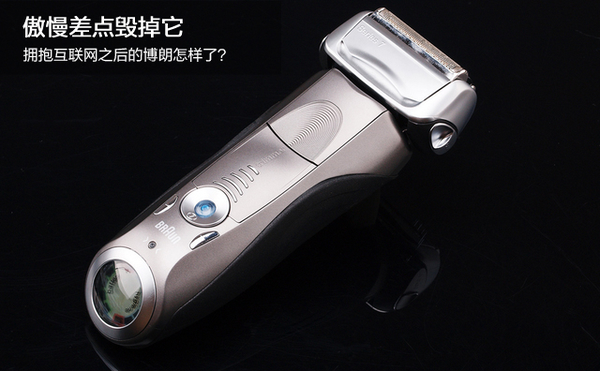[PConline Culture] German brand Braun, with a history of 96 years, has long been recognized in the industry for its strict quality control and minimalist, functional design. However, its journey in the mainland market has not been smooth.

As the pioneer in electric razors, Braun focused heavily on high-end products, which led to issues such as overpricing, faulty devices still being sold, and an overall poor user experience. These problems have repeatedly hindered its growth in the Chinese market.
Creating History: Leading the Electric Shaving Experience
Braun has always been at the forefront of technological innovation, shaping the way people shave. Since introducing its first patented reciprocating electric shaver in 1951, it revolutionized the industry by combining vibrating blades with ultra-thin, durable steel membranes, completely changing the shaving experience.

"Design changes life" is a core philosophy that Braun has upheld for decades. While innovation is key for design-driven companies, Braun has remained consistent in five fundamental areas: German heritage, simple design, premium materials, innovative technology, and meticulous craftsmanship. Today, whether it's temperature-controlled hair care products or high-frequency massage epilators, Braun continues to be known for its quality and design excellence.
Encountering Bottlenecks: Problematic Products and Frustrated Growth in China
Despite its legacy, Braun has faced significant challenges in the Chinese market. According to a report from the "Beijing Commercial Daily," some consumers have raised concerns about charging issues with certain models, including the 140s-1 and 150s-1 electric razors. One customer from Haidian said that after purchasing the 140s-1 during last year’s Singles’ Day, the device stopped working during the Spring Festival and couldn’t be used afterward. Moreover, the official after-sales service failed to respond.
Although the after-sales team claimed that the charging issue wasn’t a quality problem, similar issues were reported across multiple units. The store staff confirmed that this flaw was specific to the Braun razor series.
It’s concerning that even after-sales representatives are aware of these problems, yet no effective solution has been implemented. This reflects a gap between Braun’s brand image and its actual product performance. Additionally, despite the known charging issues, both the 140s-1 and 150s-1 continue to be sold, raising questions about the company’s commitment to quality assurance.
There are three main reasons behind Braun’s struggles in China: First, the brand has focused too much on high-end models while neglecting the demand for more affordable options, unlike competitors like Philips and Flyco. Second, there are inconsistencies in quality control—products with defects are still on sale, leading to negative reviews on platforms like Tmall and JD.com. Third, the pricing of Braun products varies significantly between international and domestic markets, which may alienate local consumers.
To boost awareness in China, Braun hired Chen Daoming as its spokesperson in 2013. However, the 140s-1 and 150s-1 issues remain unresolved, suggesting that marketing efforts alone aren’t enough. Without addressing product flaws and improving user experience, Braun risks losing trust in the long run.
Future Outlook: Can Strategic Changes Boost Sales?
Since last year, Braun seems to have shifted its approach. It has started offering more entry-level products and launched digital marketing campaigns on platforms like Zhihu and Weibo. The brand also introduced a UGC (User-Generated Content) strategy and invited celebrities like Hu Ge and Huang Xuan as spokespeople to appeal to younger audiences.

According to the "China Electric Shaver Market Research Report for Q3 2016" by the Internet Consumer Research Center, Braun ranked second in brand attention with 17.1%, behind Philips at 54.9%. Feike, a domestic brand, took third place with 16.1%. In 2014, Philips dominated with over 50% of market attention, while Braun trailed behind with only 11.5%.
With a more flexible marketing strategy and efforts to better align with local preferences, Braun has seen improved brand visibility. Whether this will translate into increased sales remains to be seen. But one thing is clear: to succeed in China, Braun must do more than just promote—it must deliver.
Dm Filter Inductor,Cylindrical Power Inductor,Ring Inductor Filter,Custom Common Mode Inductive Filters
Huizhou Show-Grand Electronics Co., Ltd. , https://www.sgtransformer.com